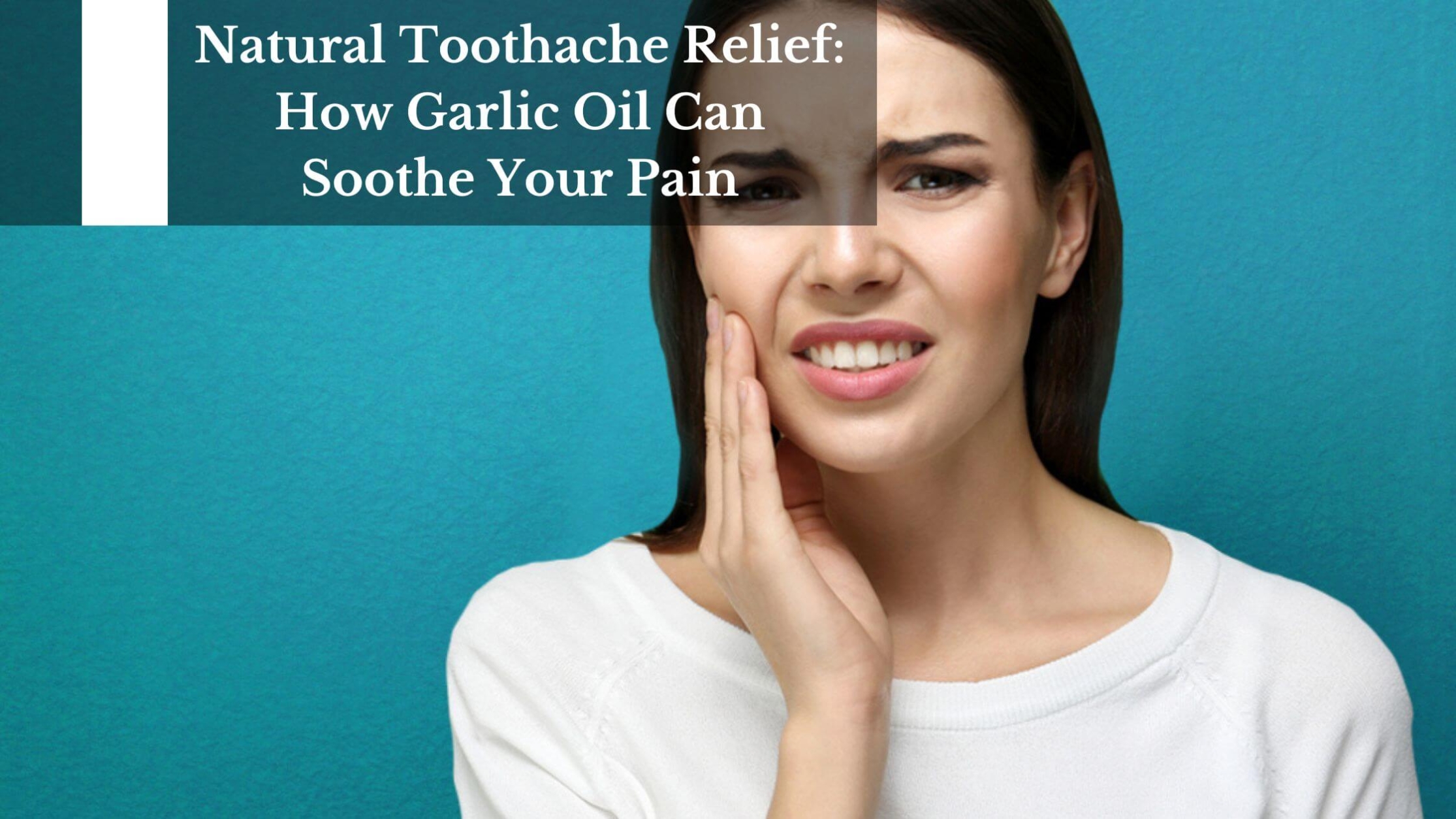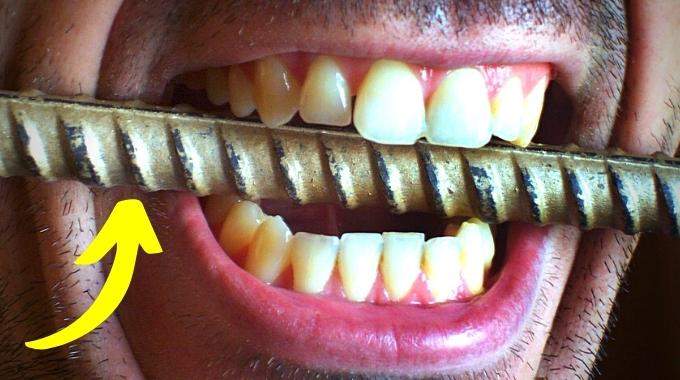What Relieves Toothache With Garlic? Fast Pain Relief

Toothaches can be a real nuisance, disrupting our daily lives with their relentless aching and throbbing. While there are many over-the-counter remedies and professional treatments available, some people swear by more unconventional methods to find relief. One such remedy that has garnered attention is the use of garlic to alleviate toothache pain. But does it really work, and how can it be used effectively for fast pain relief?
First, let’s explore the potential reasons why garlic might be beneficial in relieving toothache pain. Garlic contains compounds like allicin, which has been shown to possess antibacterial, anti-inflammatory, and analgesic properties. These properties could potentially help combat the underlying causes of toothache pain, such as bacterial infections or inflammation in the dental pulp. By reducing the bacterial load and minimizing inflammation, garlic might help mitigate the pain associated with toothaches.
One of the primary ways garlic is used for toothache relief is through its raw application. People often crush a clove of garlic and mix it with a small amount of salt or oil to create a paste, which is then applied directly to the affected tooth. The active compounds in garlic are believed to be absorbed through the tooth and the surrounding gum tissue, potentially providing localized relief from pain and inflammation. However, it’s essential to be cautious when applying garlic directly to the teeth or gums, as the intense flavor and potential irritation could exacerbate the problem in some cases.
Another approach involves chewing on a clove of garlic near the affected tooth. The act of chewing is thought to release the allicin and other compounds more effectively, allowing them to come into contact with the tooth and gum. This method might be more comfortable for those who find the paste application too intense but still want to harness the potential benefits of garlic.
For those who are squeamish about the strong taste or potential irritation of raw garlic, there are alternative methods to consider. Garlic oil, for example, can be applied to the tooth using a cotton swab, potentially offering a more gentle and controlled delivery of the active compounds. This method might be particularly useful for individuals with sensitive teeth or gums who still wish to explore the pain-relieving properties of garlic.
It’s also worth noting that while garlic may provide temporary relief from toothache pain, it is not a substitute for professional dental care. Toothaches are often symptoms of underlying conditions that require proper diagnosis and treatment by a dental professional. Ignoring these symptoms or relying solely on home remedies like garlic could lead to more severe complications, such as abscesses, infections spreading to other parts of the body, or even tooth loss.
In terms of scientific evidence supporting the use of garlic for toothache relief, there is a mixture of traditional knowledge, anecdotal evidence, and some preclinical studies suggesting its potential effectiveness. However, comprehensive clinical trials specifically investigating garlic’s efficacy in relieving toothache pain are lacking. As such, while garlic may offer some benefits due to its antibacterial and anti-inflammatory properties, it should be viewed as a complementary rather than a definitive treatment for toothaches.
To further understand the potential of garlic in relieving toothache pain and to explore its applications safely and effectively, consider the following steps:
Step 1: Consult a Dental Professional
Before attempting any home remedies, including the use of garlic, it's crucial to consult with a dental professional to identify the cause of the toothache.
Step 2: Understand the Risks and Benefits
Be aware of the potential benefits of using garlic, such as its antibacterial properties, but also understand the risks, including possible irritation or allergic reactions.
Step 3: Prepare Garlic Properly
If deciding to use garlic, learn how to prepare it correctly to minimize potential side effects. This could involve crushing it and mixing it with a carrier oil or applying garlic oil directly.
Step 4: Apply Garlic with Caution
Apply the garlic preparation with caution, starting with small amounts to gauge sensitivity and potential relief. Be prepared to stop if any adverse reactions occur.
Step 5: Monitor and Adjust
Continuously monitor the toothache's response to the garlic treatment and adjust the approach as necessary. If the pain persists or worsens, seek immediate professional dental care.
In conclusion, while garlic may offer some relief from toothache pain due to its antibacterial and anti-inflammatory properties, it is essential to approach its use with caution and as part of a comprehensive dental care plan. Garlic should not be relied upon as the sole treatment for toothaches but rather as a potential complementary therapy under the guidance of a dental professional.
Can garlic fully replace traditional toothache treatments?
+No, garlic should not be used as a replacement for traditional dental treatments. It can be considered a complementary remedy to help manage toothache pain while awaiting professional dental care.
How often can garlic be applied for toothache relief?
+The frequency of garlic application for toothache relief can vary, but it's generally recommended to start with once or twice a day and adjust based on pain response and potential side effects. However, the primary approach should always involve consulting a dental professional for proper diagnosis and treatment.
Are there any risks associated with using garlic for toothache relief?
+Yes, potential risks include irritation to the gums and teeth, allergic reactions, and interference with certain medications. It's crucial to use garlic with caution and under the advice of a healthcare professional, especially for individuals with sensitive teeth or gums.
Ultimately, the decision to use garlic for toothache relief should be made with a full understanding of its potential benefits and risks, and always in conjunction with seeking proper dental care. As with any health remedy, it’s crucial to prioritize professional advice and evidence-based treatments to ensure the best outcomes for oral health.
